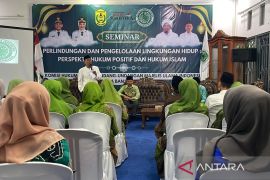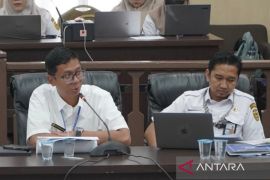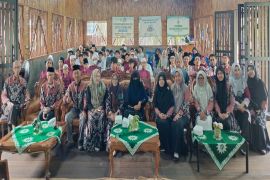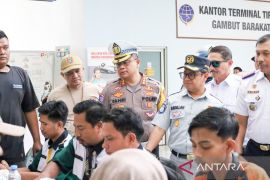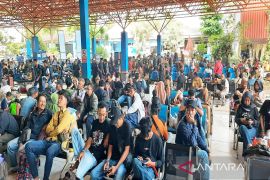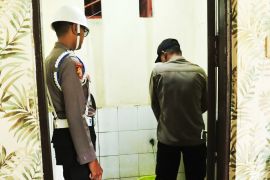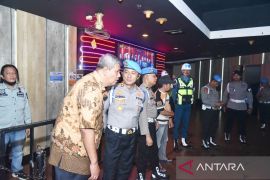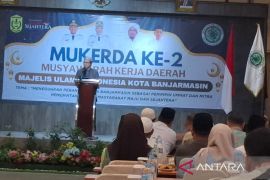Banjarmasin, S Kalimantan (ANTARA) - A heritage city team formed by the Banjarmasin Culture and Tourism Agency agreed Sungai Jingah area as Kota Tua (the Banjarmasin Old Town) and strive for it.
Of the 10 areas as prospectives of the old towns, the team, which consisted of Akhmad Khuzaimi, Diah, Pidza Anwar, Paman Anum, Mohammad Ari, and Akhmad Arifin their discussion agreed that Sungai Jingah would be a priority to be prepared and rehabilitated.
Their reason, here there are dozens of houses that are hundreds of years old, it is located on the banks of Martapura River, easily accessible by land and river, while the culture of people from generation to generation depicts the life of Banjar people.
According to Akhmad Arifin, to make the area an old town there should be full support, both from the city government and the provincial government.
The team had been promised by the Culture and Education Ministry's Director-General of Culture to participate in rehabilitating the Sungai Jingah area, then the next is how to lobby the ministry.
The improvement or rehabilitation to carry out, including maintenance of old houses so they are not damaged, repairing of old fences, repairing the environment, constructing a pier, and so on.
If it has been fixed, the area could be published more widely as a tourist destination, said Akhmad Arifin.
Sungai Jingah originated from a small river called Jingah River. It actually was a handil, a small river, or channel made to empty into anjir (also artificial river but bigger than handil). Jingah River flows into the Andai River and empties into the Pangeran River.
The naming of Jingah River was probably because of the many jingah trees along the river banks, it is a typical swamp plant that often found in Banjarmasin and its surroundings.
The Kampung Sungai Jingah was written in the Dutch East Indies government register of villages located along the River of Martapura to the Barito River, especially in the Bandjarmasin and Ommelanden areas.
This data was collected by G. Stemler at the end of December 1886 and recorded under the title "Jaarboek van het mijnwezen in Nederlandsch Oost-Indie" volume 22, 1893. Kampung Sungai Jingah was written as Soengei Djingga.
Then in the report of South Coast Of Kalimantan From Tanjung Puting to Selat Laut, Sailing Directions for Celebes, Southeast Borneo, Java (except Java head to Batavia), and Islands East of Java released by Hydrographic Office, 1935, also provided information about Sungai Jingah.
In the report published in 1935, it was written that beacons (warning or signal lights) had been built to direct ships sailing on the Martapura River. One of the locations for the beacon was at the entrance to Djingga River.



